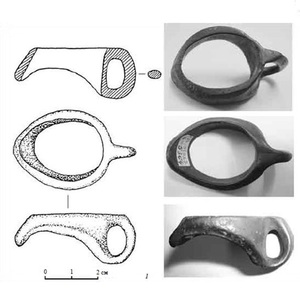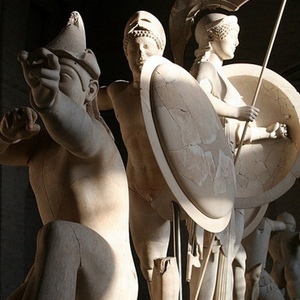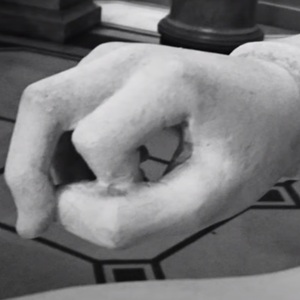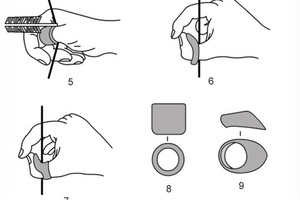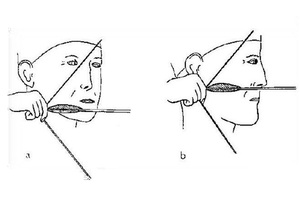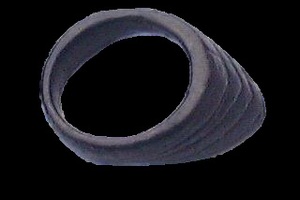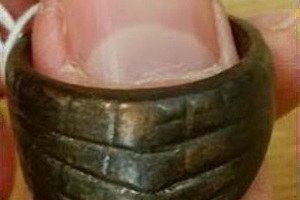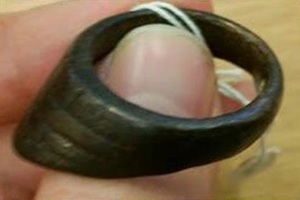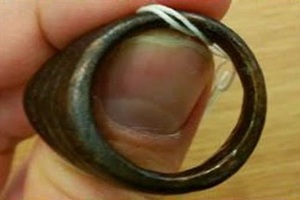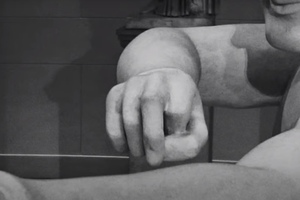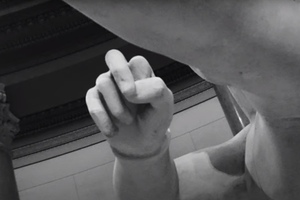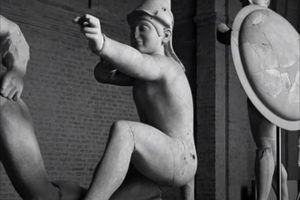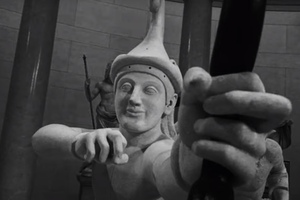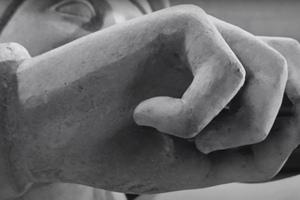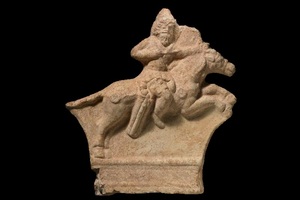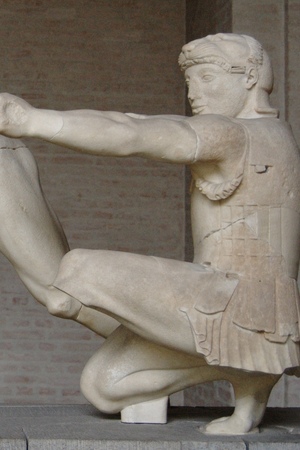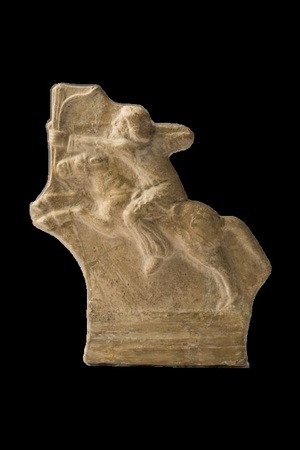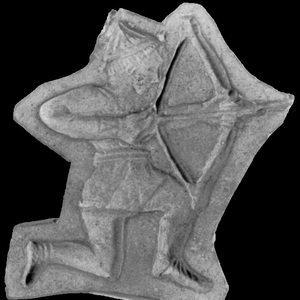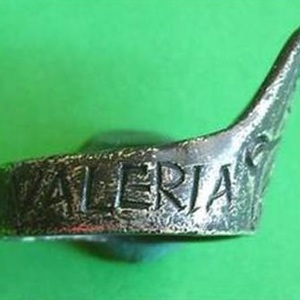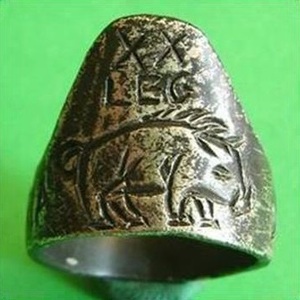Technique of Archery
The bow is an effective weapon but useless in unskilled hands. In ancient times, the training of military archers was a long and challenging endeavor. Shooting required considerable skill and technique. As a result, the evolution of both bows and archers' equipment was directly linked to shooting techniques, of which three of the most popular can be identified:
- Mediterranean Technique
- Thumb Ring Technique
- Pinch Technique
Mediterranean shooting technique
The Mediterranean grip is the most famous method used by the majority of modern archers. In the Mediterranean grip, the arrow is positioned to the left of the bow (for right-handed archers; the reverse applies to left-handed archers). Accurate spine matching of the arrows is crucial. This is explained by the mechanics of the shot, known as the archer's paradox: upon release, the arrow bends, and if it is positioned on the right side, it will strike the bow handle. In principle, there are ways to mitigate this effect, but such variations in technique are extremely rare since there is no particular need for them. Various anchor points can be used, ranging from the classic under the chin to more distant positions near the ear or shoulder, but the most commonly used anchor points involve the face in different variations. The widespread use of the Mediterranean grip can be attributed to its simplicity and stability. It allows for relatively little room for error, and the training and shooting methods with sport bows using this technique are well established.
Thumb Ring Technique
The second most common technique is the Mongolian grip, also known as the thumb ring technique. In reality, it encompasses a group of grips that differ in the placement of the fingers and the shape of the protective devices. The thumb ring grip was widely used in Asia. Traditional competitions in Japan, Korea, China, the Eurasian steppe, Central Asia, India, the Middle East, and North Africa still employ this shooting technique.
Rings are made from bone, horn, stone, metal, or leather, but technically it is possible to shoot without a ring. In most cases, an armguard is not required. This method is convenient for shooting from horseback and is tailored for the Asian short recurve bow, which can pinch the fingers of the drawing hand when using other grips. However, this technique can also be used with longbows. In the Mongolian grip, the arrow is usually positioned to the right of the bow, although technically it can be placed on the left. Distant anchor points are used, such as near the ear, angle of the lower jaw, or right shoulder. Consequently, the bow needs to have a longer draw length, preferably no less than 30-32 inches, often up to 34 inches. The spine matching of the arrows does not play such a crucial role; many archers prefer to use arrows that are maximally stiff. Among the advantages of the thumb ring technique, its adaptability to work with short bows, shooting from horseback, its non-dependence on equipment matching, and a clean release should be mentioned. The latter is due to the fact that only one finger touches the string, creating minimal interference during the string's release. However, overall, shooting with a ring is somewhat more challenging than the classic technique, and the training methods for it are not yet fully developed.
Pinch grip shooting technique
The pinch grip is a group of the most ancient shooting methods that were used worldwide and are now primarily documented by ethnographers among peoples who have preserved the tradition of archery. When using these grips, archers typically shoot without finger tabs or protectors, "with bare fingers," even if the bows are sufficiently powerful. Depending on the finger placement on the string, the arrow can rest either to the right or to the left of the bow. Anchor points also vary widely. The weak point of pinch grips is that they allow for variability in finger placement, different finger movements, and the resulting instability in release. However, when executed properly, they can achieve results comparable to the Mediterranean and thumb ring techniques. The pinch grip provides a very clean release. Overall, this group of grips is poorly studied, and the training methods for them are not well developed.
Related topics
Sagittarius, Sagittarius-Gladiator, Bow, Arrows

 Gallery
Gallery






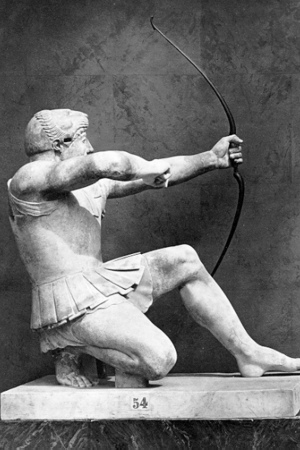 Ring grip. Archer Heracles, a figure from the eastern pediment of the temple of Athena-Athaia (Greek).VAός αφαίας). 490-480 BC Greece
Ring grip. Archer Heracles, a figure from the eastern pediment of the temple of Athena-Athaia (Greek).VAός αφαίας). 490-480 BC Greece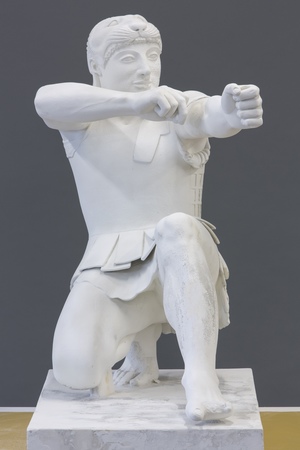 Ring grip. Archer Heracles, a figure from the eastern pediment of the temple of Athena-Athaia (Greek).Ναός Αφαίας). A plaster copy. 490-480 BC Greece
Ring grip. Archer Heracles, a figure from the eastern pediment of the temple of Athena-Athaia (Greek).Ναός Αφαίας). A plaster copy. 490-480 BC Greece